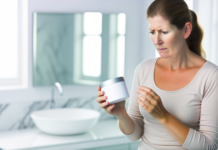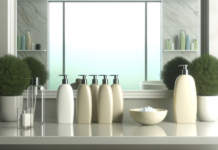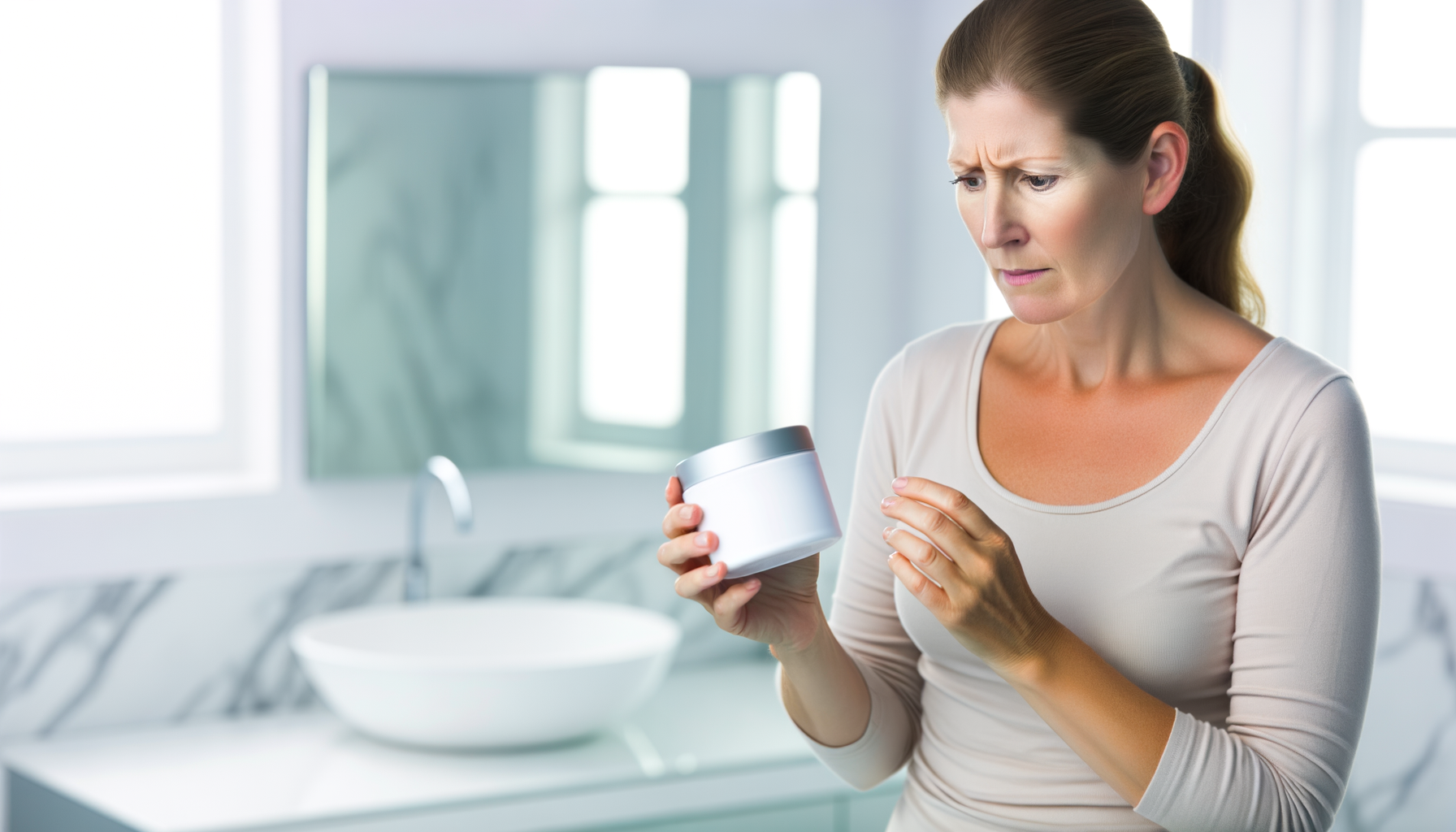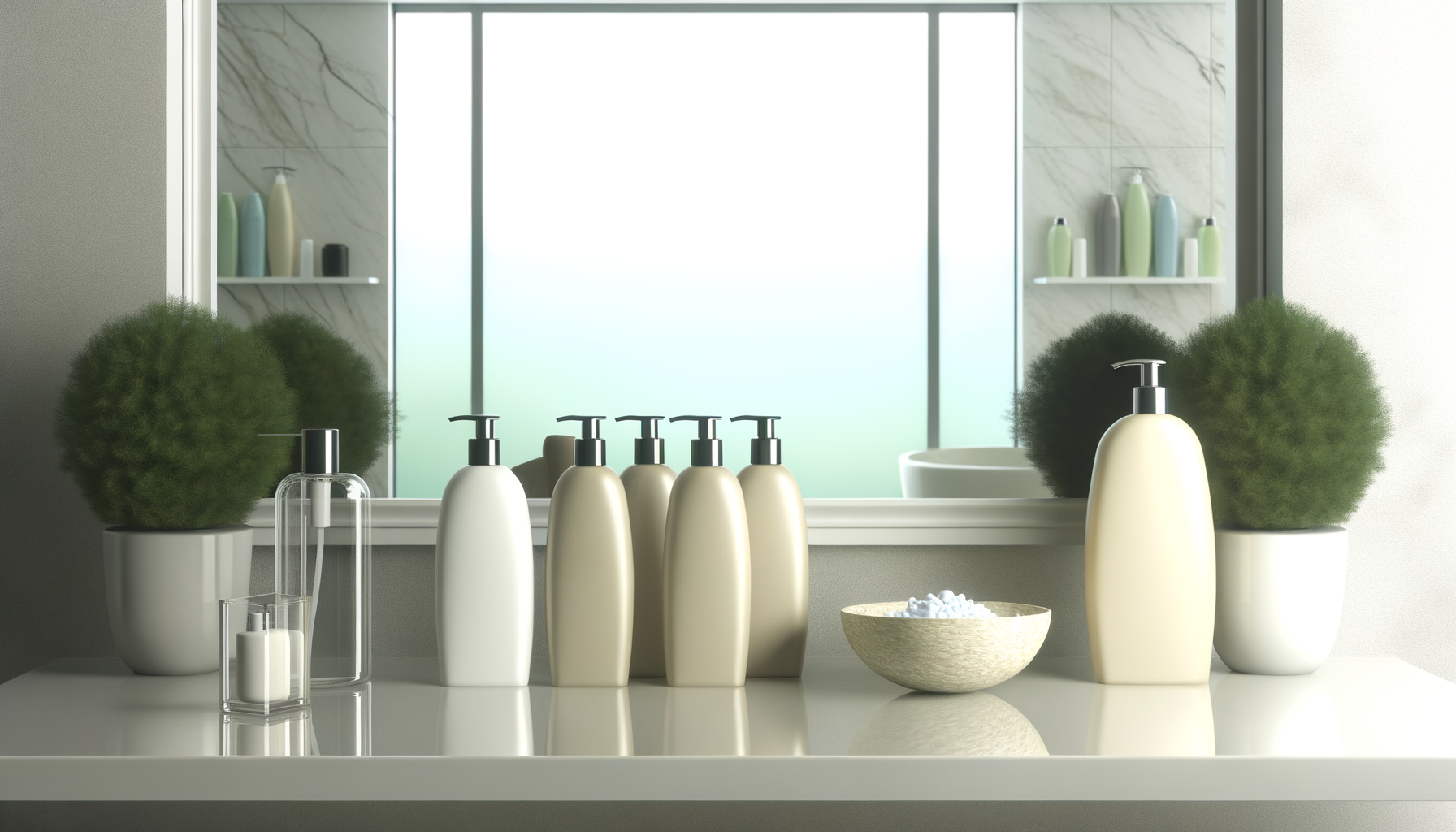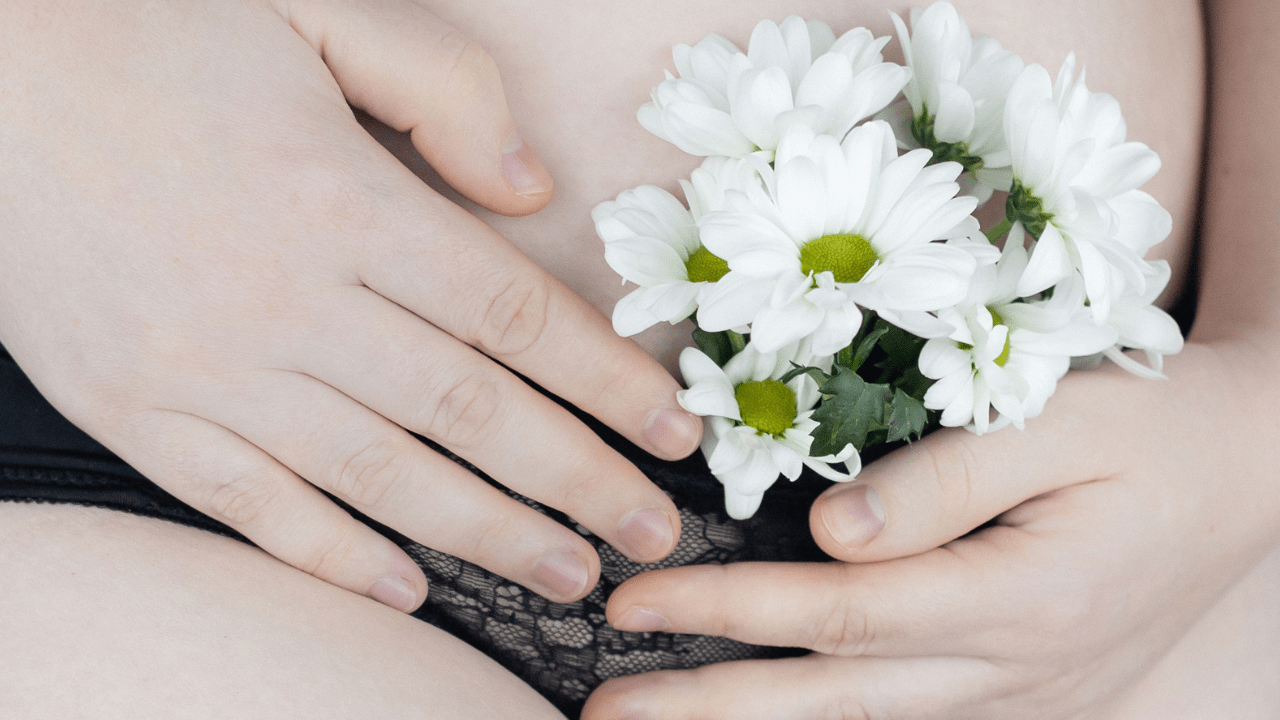Introduction to Pelvic Floor Health
Understanding the Pelvic Floor
The pelvic floor is a complex structure, comprising muscles, ligaments, and connective tissues that form a supportive sling at the base of the pelvis. This intricate network spans from the pubic bone at the front to the tailbone at the back and from one sitting bone to the other. Its primary functions include supporting pelvic organs such as the bladder, uterus, vagina, and rectum, aiding in urinary and fecal continence, and contributing to sexual function and satisfaction.
The Importance of Pelvic Floor Health
Maintaining a healthy pelvic floor is crucial for various aspects of a woman’s life. It plays a significant role in core stability, postural alignment, and the prevention of incontinence and pelvic organ prolapse. A strong and functional pelvic floor is also essential for sexual health, as it contributes to arousal and orgasm. Moreover, it supports the extra weight during pregnancy and aids in the birthing process.
Common Pelvic Floor Issues in Women Over 45
As women age, particularly after the age of 45, they may experience a range of pelvic floor issues. These can include urinary incontinence, fecal incontinence, pelvic organ prolapse, and sexual dysfunction. Factors such as menopause, childbirth, and a history of heavy lifting can exacerbate these conditions. It’s important to recognize symptoms early and seek appropriate treatment to manage these conditions effectively.
How Pelvic Floor Health Affects Overall Well-being
The state of one’s pelvic floor health can have a profound impact on overall well-being. Issues with the pelvic floor can lead to physical discomfort, emotional stress, and a decrease in quality of life. Women may experience embarrassment, reduced self-esteem, and limitations in daily activities. Conversely, a strong and healthy pelvic floor can enhance physical health, boost confidence, and improve life satisfaction.
In conclusion, understanding and prioritizing pelvic floor health is essential for women’s overall health and well-being. By recognizing common issues and their impact on life, women can take proactive steps to strengthen and maintain their pelvic floor, ensuring a better quality of life as they age.
The Impact of Menopause on Pelvic Floor Muscles
Hormonal Changes and Pelvic Support
Menopause marks a significant transition in a woman’s life, characterized by the cessation of menstruation and the end of reproductive capability. This phase is accompanied by a decline in the production of estrogen and other hormones, which have profound effects on various body systems, including the pelvic floor muscles. Estrogen plays a crucial role in maintaining the strength and elasticity of the pelvic floor tissues. It promotes blood flow, nerve function, and the production of collagen, which together contribute to the structural integrity and support of the pelvic organs.
Estrogen Decline and Its Effects
As women approach menopause, the ovaries gradually reduce the production of estrogen, leading to a condition known as hypoestrogenism. This hormonal shift can lead to atrophy of the pelvic floor muscles and connective tissues, resulting in decreased muscle tone and support for the pelvic organs. The consequences of this decline may manifest as urinary incontinence, pelvic organ prolapse, and changes in urinary and bowel habits. Additionally, the lack of estrogen can thin the lining of the urethra and vagina, making these areas more susceptible to trauma and infection, further exacerbating pelvic floor dysfunction.
Managing Menopause-Related Pelvic Floor Issues
Addressing the impact of menopause on pelvic floor health involves a multifaceted approach. Lifestyle modifications, such as engaging in regular pelvic floor exercises, can help strengthen the muscles and improve symptoms. Dietary adjustments that include phytoestrogens and adequate hydration may also provide some relief. In certain cases, hormone replacement therapy (HRT) may be considered to mitigate the effects of estrogen decline, although this should be carefully weighed against potential risks. Non-hormonal treatments, such as vaginal moisturizers and lubricants, can alleviate vaginal dryness and discomfort. It is essential for women to consult with healthcare professionals to develop a personalized management plan that addresses their specific needs and concerns during this transitional period.
Ultimately, understanding the relationship between menopause and pelvic floor health is crucial for women to proactively manage the changes that occur during this time. With appropriate interventions and support, it is possible to maintain pelvic floor function and overall well-being throughout menopause and beyond.
Preventive Practices for Pelvic Floor Strength
Regular Pelvic Floor Exercises
Kegel exercises, also known as pelvic floor muscle training, are the cornerstone of building a robust pelvic floor. These exercises involve repeatedly contracting and relaxing the muscles that form part of the pelvic floor, which can help prevent issues such as urinary incontinence and pelvic organ prolapse. To perform Kegels effectively, it is essential to first identify the correct muscles, which can be done by trying to stop urination midstream. Once identified, these muscles should be contracted for three seconds, followed by a three-second relaxation, with the cycle repeated 10 to 15 times per session, and at least three sessions per day.
Diet and Nutrition for Pelvic Health
A balanced diet rich in fiber can prevent constipation, which in turn reduces the strain on pelvic floor muscles. Foods high in phytoestrogens, such as soybeans, tofu, and flaxseeds, may also support pelvic health by maintaining hormonal balance, particularly during menopause. Additionally, maintaining a healthy weight can alleviate unnecessary pressure on the pelvic floor.
Lifestyle Modifications to Support the Pelvic Floor
Lifestyle changes can have a significant impact on pelvic floor health. Avoiding heavy lifting and high-impact exercises that can strain the pelvic floor is crucial. Instead, opt for low-impact activities like walking or swimming. It’s also important to practice proper lifting techniques, such as squatting to lift and using the legs rather than the back or waist.
The Role of Hydration in Pelvic Floor Function
Hydration plays a vital role in pelvic floor function. Adequate fluid intake ensures healthy bowel movements, which reduces strain on the pelvic floor. However, it’s important to moderate the consumption of diuretics like caffeine and alcohol, which can increase the frequency of urination and potentially lead to pelvic floor dysfunction.
Natural and Non-Invasive Treatments
Pelvic Floor Physical Therapy
Pelvic floor physical therapy is a specialized form of physical therapy that focuses on the rehabilitation of the pelvic floor muscles. These muscles support the bladder, bowel, and reproductive organs, and when they are weak or dysfunctional, they can lead to a range of issues, including incontinence and pelvic pain. A pelvic floor physical therapist can assess and develop a personalized treatment plan that may include exercises to strengthen or relax the pelvic floor, depending on the individual’s needs. Techniques such as manual therapy, education on proper body mechanics, and guidance on lifestyle changes are also integral parts of pelvic floor physical therapy.
Biofeedback and Neuromuscular Electrical Stimulation
Biofeedback is a technique that helps patients gain awareness and control over their pelvic floor muscles. Sensors are placed on the body to provide feedback about muscle activity, which can be visualized on a screen. This allows individuals to learn how to contract and relax their pelvic floor muscles more effectively. Neuromuscular electrical stimulation (NMES) uses a device that sends gentle electrical pulses to stimulate the pelvic floor muscles, helping to strengthen them and improve their function. Both biofeedback and NMES can be valuable tools in the treatment and management of pelvic floor disorders.
Yoga and Pilates for Pelvic Floor Integrity
Yoga and Pilates are gentle forms of exercise that can be highly beneficial for maintaining and improving pelvic floor integrity. These practices focus on core strength, flexibility, and mindful movement, which can help in both strengthening and relaxing the pelvic floor muscles. Specific poses and exercises are designed to enhance pelvic floor awareness and control, which is crucial for long-term pelvic health. It is important to approach these exercises with caution and under the guidance of a qualified instructor, especially for those with pelvic floor tension or pain.
Herbal Remedies and Supplements
Herbal remedies and supplements may offer additional support for pelvic floor health. Natural anti-inflammatories such as turmeric and omega-3 fatty acids can help reduce inflammation in the pelvic area. Supplements like magnesium can aid in muscle relaxation, which may be beneficial for those with a hypertonic (overly tight) pelvic floor. It is essential to consult with a healthcare provider before starting any herbal or supplement regimen to ensure safety and appropriateness for your specific health needs.
When considering natural and non-invasive treatments for pelvic floor health, it is crucial to take a holistic approach. Understanding the interconnectedness of the pelvic floor with other body systems and incorporating a variety of supportive practices can lead to better outcomes and a stronger, healthier pelvic floor.
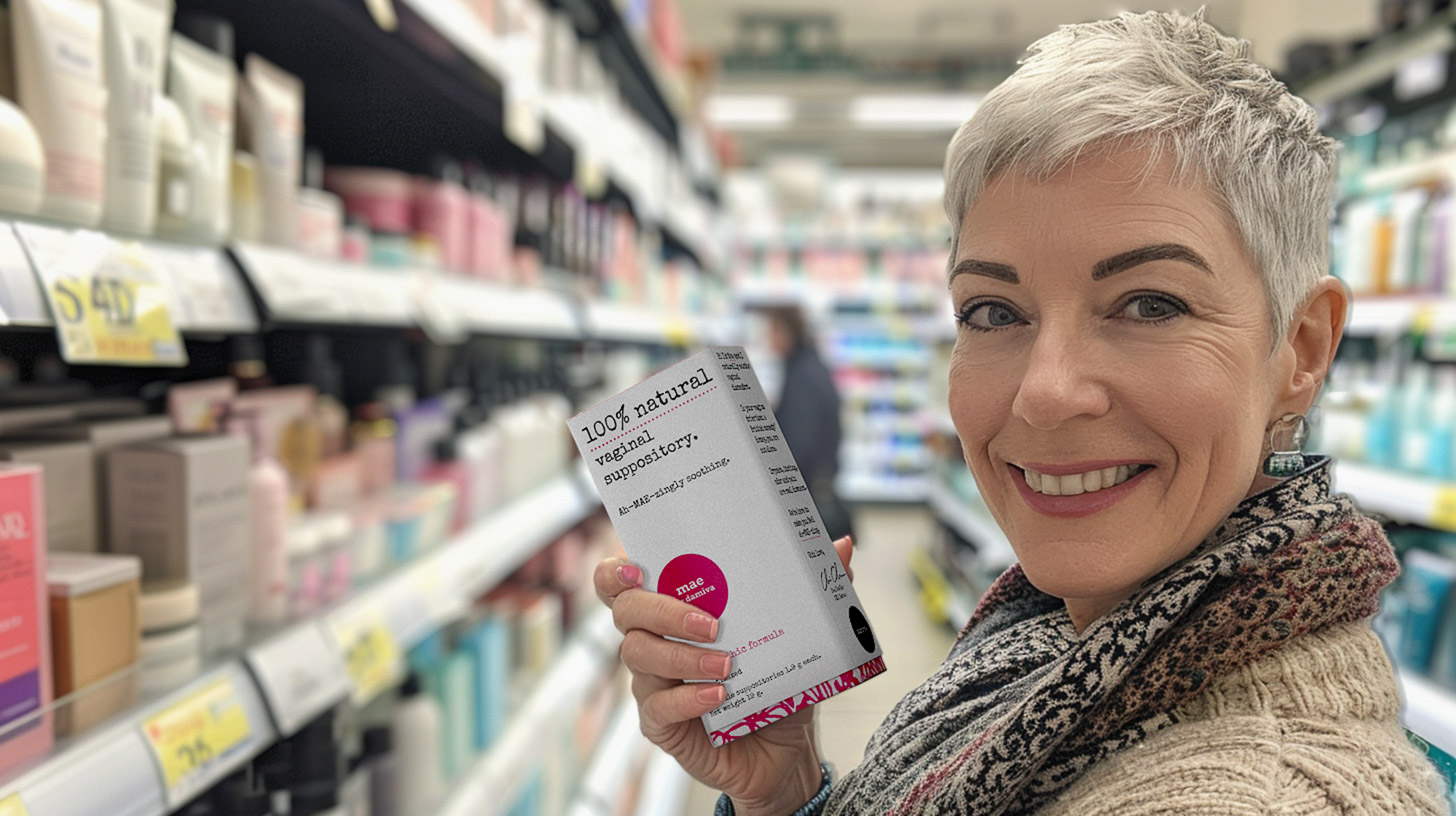
⭐️⭐️⭐️⭐️⭐️ “My biggest symptoms are GSM, and because of Mae, they are mostly addressed. I have lived Mae for almost 7 years, and I endorse it all the time.” Margaret C., Damiva Mae Customer
⭐️⭐️⭐️⭐️⭐️ “I’m in my 60’s and post menopause. My doctor recommended I try Damiva MAE, after taking me off hormones (due to developing cysts). I LOVE it. All natural, no hormones, Great vaginal moisturizer. Easy to insert and pleasant smell. So Thankful for MAE.” Paula, Damiva Mae Customer
Navigating Pelvic Health Products
Choosing Chemical-Free Skincare and Moisturizers
When it comes to pelvic health, the skin in the intimate area is particularly sensitive and deserves careful attention. Opting for chemical-free skincare and moisturizers is crucial, as the chemicals commonly used in skincare can disrupt the natural pH balance, leading to irritation or infections. Also, these chemicals can disrupt the hormone system and make the symptoms of estrogen decline worse. Look for products not only labeled as “fragrance-free”, “parabens-free”, “sulphate-free” etc. Ingredients to avoid include all chemicals as they can be harmful your skin, hormones and overall health. Understanding the labels and ingredients of pelvic health products is essential for making informed choices.
Understanding Labels and Ingredients: The Easiest, Fastest and Best Way
The way to be sure is to choose products that are “water-free” because products that contain water need to have chemical preservatives to prevent microbial growth. Water-free, all-natural products such as from damiva.com are the gentle alternatives for moisture retention.
But it’s also beneficial to research any unfamiliar ingredients to ensure they are safe and appropriate for use in sensitive areas, and the familiar ones used for other skin areas.
Avoid Beeswax!
Beeswax for instance should NOT be used as in ingredient of a product for the genital area. Beeswax should not be included in vaginal or labial care because
- Because of its too occlusive nature for the genital area, which needs to maintain a certain level of breathability to ensure a healthy microbial environment and prevent moisture buildup. Excessive barrier formation can trap heat and humidity, leading to discomfort and increasing the risk of fungal or bacterial infections
- Because its potential to create irritation in this delicate body part, as waxes can trap other ingredients, debris, and bacteria against the skin
- Because it can interfere with the natural function of the vagina
- Because it makes washing difficult because it has this “coating effect”. The water-resistant nature of waxes makes them challenging to remove without thorough cleansing. Inadequate removal can lead to buildup, which might cause further irritation or infection
The Importance of Brand Transparency and Ethics
Brand transparency and ethics play a significant role in the trustworthiness of pelvic health products. Companies that openly share their sourcing practices, manufacturing processes, and ingredient lists demonstrate a commitment to consumer safety and well-being. Ethical brands often engage in cruelty-free testing and eco-friendly packaging, reflecting a respect for both the consumer and the environment. When possible, support brands that align with these ethical standards.
Recommendations for Natural Pelvic Health Products
- Kegel Exercise Aids: Devices like smart shorts or biofeedback tools can help ensure proper technique and track progress.
- Natural Moisturizers Like Damiva: Products containing hyaluronic acid, aloe vera, or vitamin E can provide gentle hydration without harsh chemicals.
- Herbal Supplements: Consult with a healthcare provider about supplements that support pelvic health, such as those containing cranberry for urinary tract health.
Remember, when selecting any pelvic health product, it’s important to consult with a healthcare professional, especially if you have existing health concerns or are undergoing treatment for pelvic floor disorders.
Coping with Common Pelvic Floor Disorders
Incontinence and Bladder Control Strategies
Incontinence, particularly stress urinary incontinence (SUI) and urge urinary incontinence (UUI), is a prevalent issue among women, especially as they age. Bladder control strategies are essential for managing symptoms and improving quality of life. Regular pelvic floor exercises, such as Kegels, can strengthen the muscles responsible for bladder control. Additionally, bladder training techniques, which involve scheduled voiding and delaying urination, can be effective. Lifestyle changes, such as reducing caffeine intake, managing fluid consumption, and maintaining a healthy weight, also play a crucial role in managing incontinence.
Preventing and Managing UTIs Naturally
Urinary tract infections (UTIs) can be recurrent and bothersome, particularly for postmenopausal women. Preventive measures include staying well-hydrated, urinating promptly when the need arises, and practicing good hygiene. Cranberry supplements and probiotics may also help prevent UTIs by inhibiting bacterial growth and maintaining a healthy vaginal microbiota. For those who experience frequent UTIs, it’s important to consult a healthcare provider to rule out underlying issues and discuss natural management strategies.
Pelvic Organ Prolapse: Awareness and Prevention
Pelvic organ prolapse (POP) occurs when pelvic organs drop from their normal position due to weakened pelvic floor muscles. Awareness of POP symptoms, such as a feeling of heaviness or bulging in the pelvic area, is crucial for early intervention. Prevention strategies include pelvic floor muscle training to enhance support for pelvic organs. Avoiding activities that increase intra-abdominal pressure, such as heavy lifting, can also reduce the risk of POP. Women experiencing symptoms should seek evaluation by a pelvic floor specialist for appropriate management.
Reducing the Risk of Pelvic-Related Cancers
While some risk factors for pelvic-related cancers, such as ovarian and uterine cancers, are non-modifiable, lifestyle choices can influence risk. Regular physical activity, a diet rich in fruits and vegetables, and maintaining a healthy weight are associated with a reduced risk of developing these cancers. Additionally, regular gynecological exams and screenings, as appropriate for age and family history, are vital for early detection and intervention. Women should discuss individual risk factors and screening recommendations with their healthcare providers.
Conclusion
Understanding and addressing common pelvic floor disorders can significantly impact a woman’s quality of life. By implementing bladder control strategies, preventing UTIs, being aware of and preventing POP, and reducing cancer risks through lifestyle choices and regular screenings, women can take proactive steps toward maintaining pelvic floor health. It is essential to consult healthcare professionals for personalized advice and treatment options.
By the way, something for you, a little gift!!!
I am just in the middle of publishing my book. It’s about How women can balance their hormones. One part is about food and diet, of course.
Follow this link and enter your email.
I will send you this part of the book for free once the book is published. It has many concrete, practical tips and recipes and will help you feel better during menopause or times of Big hormonal fluctuations.
Annette, Damiva Lead for Health & Wellness

Conclusion: Embracing Lifelong Pelvic Floor Health
Summarizing Key Practices for Pelvic Health
The journey to maintaining pelvic floor health is ongoing and multifaceted. Key practices include regular pelvic floor exercises, such as Kegels, which strengthen the levator ani muscles and provide support for pelvic organs. A balanced diet rich in fiber supports digestive health, thereby reducing strain on pelvic structures. Lifestyle modifications, like maintaining a healthy weight and avoiding heavy lifting, can prevent undue stress on the pelvic floor. Additionally, adequate hydration is essential for urinary tract health and can help prevent urinary incontinence.
The Power of Education and Community Support
Education is a powerful tool in the realm of pelvic health. Understanding the anatomy and function of the pelvic floor empowers individuals to recognize symptoms and seek appropriate care. Community support, whether through online forums, support groups, or educational workshops, provides a platform for sharing experiences and strategies for managing pelvic floor issues. This collective wisdom can be invaluable for those navigating postpartum recovery or menopause-related changes.
Taking Control of Your Pelvic Health Journey
Ultimately, taking control of your pelvic health journey means being proactive and informed. It involves regular check-ups with healthcare providers, especially after childbirth or during menopause, to monitor pelvic floor health. Utilizing non-invasive treatments like pelvic floor physical therapy or biofeedback can be effective in managing symptoms. For those experiencing postpartum pelvic organ prolapse, products like the INNOVO Urinary Incontinence Kit can aid in strengthening the pelvic floor muscles from the inside out.
Remember, pelvic health is not just a concern after a specific event like childbirth; it is a lifelong commitment. By embracing the practices outlined in this article, seeking support, and staying educated, you can enhance your quality of life and enjoy the benefits of a strong and healthy pelvic floor. Take the first step today and commit to a routine that includes pelvic floor care—it’s an investment in your future well-being.












